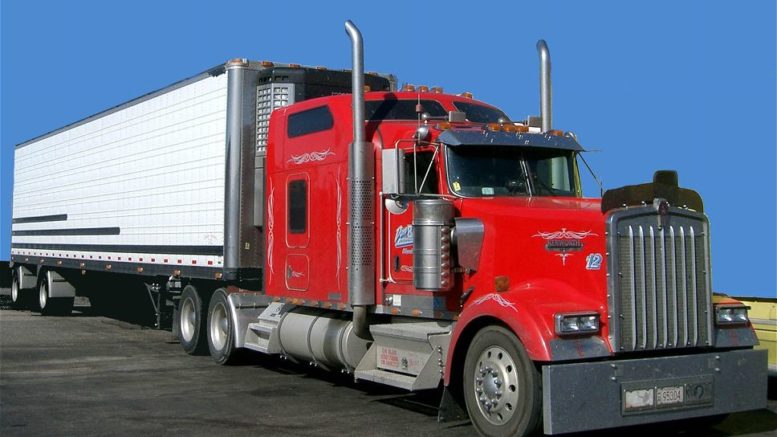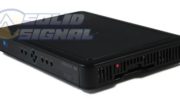Wi-Fi fleet management is the best thing to happen to trucking companies these days. These systems literally provide internet access to logistics company, which offers many great benefits to drivers and the base. But what is Wi-Fi fleet management? And how do these systems deliver internet to multiple vehicles that are almost always on the move? Your friends at Solid Signal, the No. 1 online electronics retailer, is happy to explain Wi-Fi fleet management systems.
1. Cellular Signal is Key
To get internet on the road, truckers need to be able to get signal on the go. Just a few years ago, the only way to do this was satellite internet. Today, there’s another way to get reliable internet signal while on the go, and that’s cellular signal. Think about it. There are cellular towers in nearly every corner of this country. This readily-available signal forms the basis of most Wi-Fi fleet management systems.
We know what you’re thinking. Cellular signal isn’t internet signal, so how can it deliver internet into the cabs of semi-trucks? The answer is simple: most fleet management systems convert readily-available cellular signal into Wi-Fi signal, then distributing it to the cab. How does that work? Keep reading to learn more about Wi-Fi fleet management.
2. Wi-Fi Management is NOT a Hotspot!
It’s important that you not make this mistake because a lot of people do. A Wi-Fi hotspot is great for homes, but it’s not enough for trucking or logistics companies. A hotspot is limited to very few devices, sometimes as few as one. That might be good for homes and very small businesses, but it won’t hold up to a trucking company’s needs. Fleet management systems are designed to deliver internet to a wide variety of users who are always on the move.
3. How Wi-Fi Fleet Management Systems Work
So, now you know that most Wi-Fi fleet management systems convert cellular signal into Wi-Fi signal. Now we’re going to show you how that’s done. If you know anything about cell phone signal boosters, a Wi-Fi fleet management system works much the same way. You have an outside antenna, a router, and in most cases, an inside antenna. Here’s how those two or three components work in a Wi-Fi fleet management system:
-
The outside antenna is mounted to the fleet vehicle. It receives cellular signal and transmits that signal to the router.
-
The router converts cellular signal into Wi-Fi signal.
-
The inside antenna, or in some cases the router itself, transmit that Wi-Fi throughout the cab.
This is the process that provides internet to fleet vehicles like semi-trucks and commercial boats.
4. The Benefits of Wi-Fi Fleet Management Systems
Here are the top four reasons you should have these cellular internet devices in your fleet vehicles:
-
In-cab Wi-Fi connects the base with every driver to streamline daily tasks.
-
GPS location and tracking actively reports critical vehicle data back to base.
-
Drivers get all the benefits of the internet on their breaks.
-
Connect system to driver/dash cams for a variety of security purposes.
These and other benefits make these fleet management services an attractive option for a variety of trucking companies and other logistics companies.
The Complete Wi-Fi Fleet Management
So, those are the four things you need to know about Wi-Fi fleet management. Actually, it was a little more than four things, if we’re being technical. That just goes to show you that The Solid Signal Blog team goes that extra mile and then some to bring you the information you need. Do you own a trucking company or logistics company and have questions about Wi-Fi fleet management? Solid Signal has your answers. Call us at 888-233-7563, or fill out the form below and send it to us.





